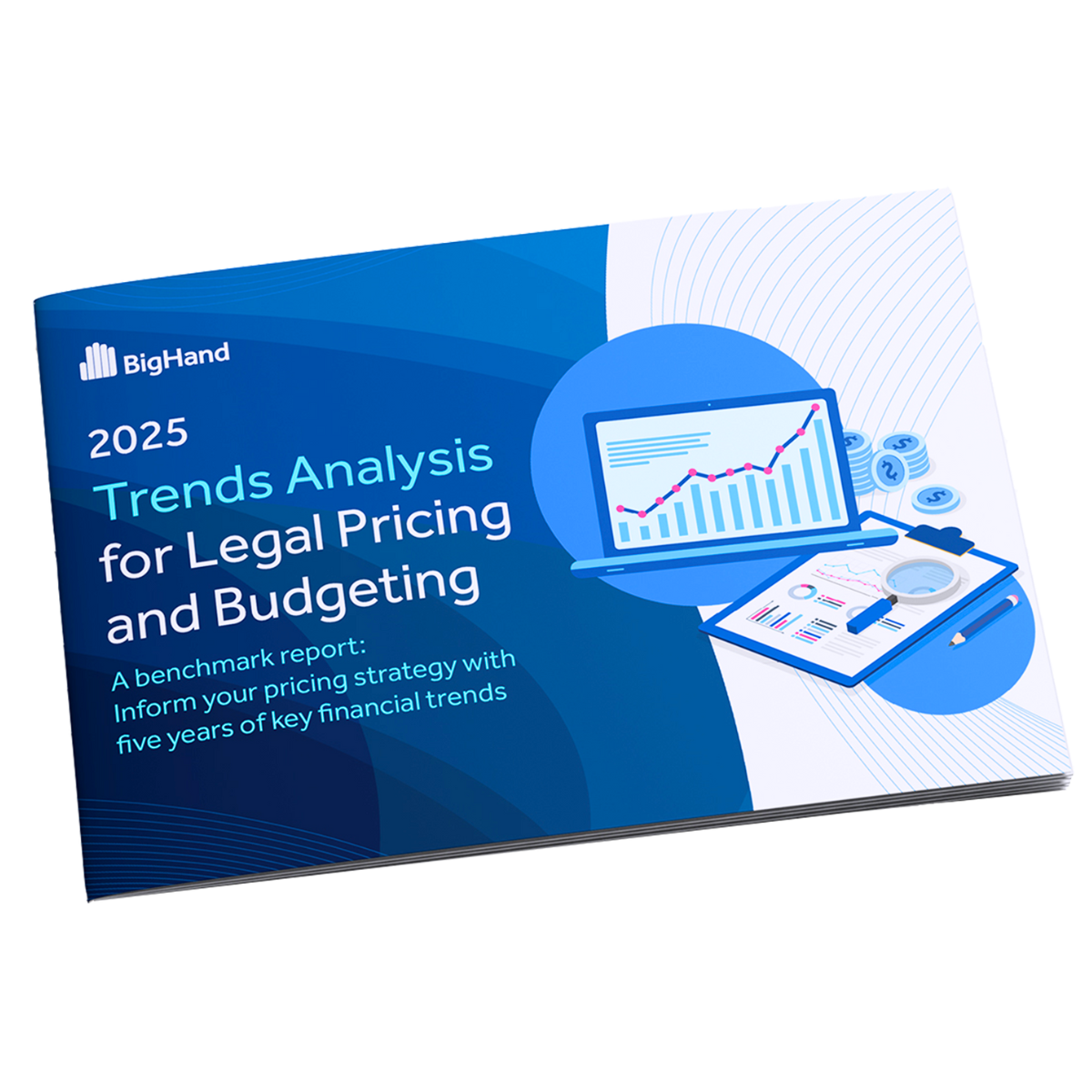About BigHand Matter Pricing
BigHand Matter Pricing is a next-generation legal matter pricing, budgeting and cost management solution. Turning data into actionable insight and transparency that empowers your teams to make objective pricing decisions, armed with accurate real-time business understanding. Gain a data-driven understanding of matter profitability drivers like leverage, effort and costs, to give your teams the autonomy they need to boost productivity.








